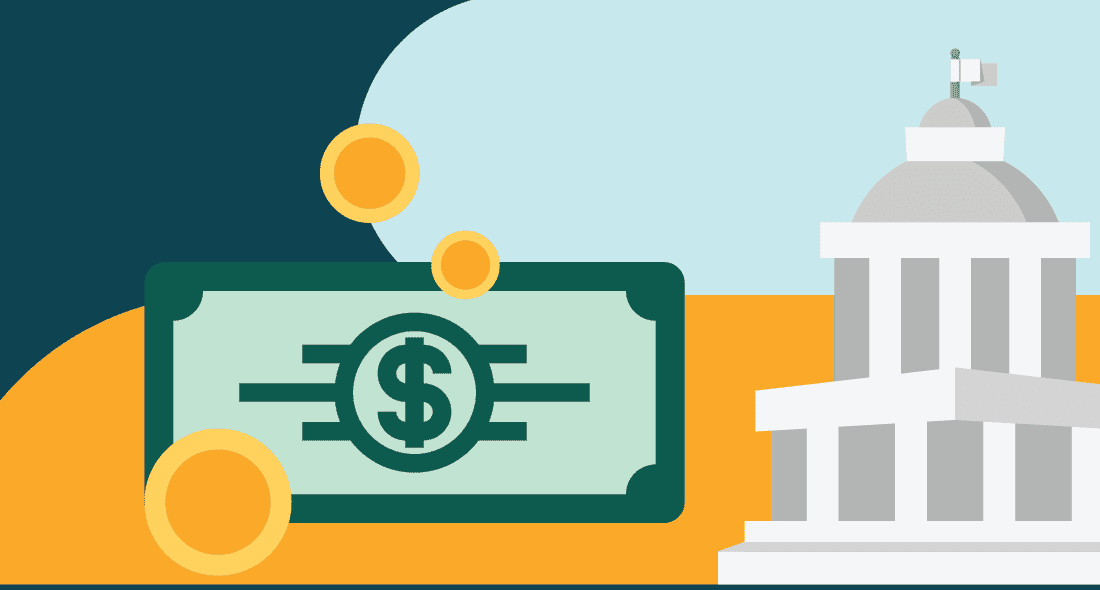Should You Accept Each of the Federal Student Loans You Are Offered?
If you filled out a Free Application for Federal Student Aid (FAFSA) application, you’re likely to be given federal loans. It can be an overwhelming process to figure out how to complete the application, make sure it’s turned in on time, and wait to see if you qualify. So if you are offered federal student loans for college, should you accept them? We’re here to outline some must-know items about taking on student loans.
What are the kinds of loans, interest rates, and payment plans?
As outlined by the U.S. Department of Education, there are four types of loans available to eligible prospective students:
- Direct Subsidized Loans: for undergraduate students who demonstrate financial need for higher education
- Direct Unsubsidized Loans: for students of any post-secondary level, but not based on financial need
- Direct PLUS Loans: for graduate and professional students, or parents of undergrads, but not based on financial need
- Direct Consolidation Loans: for combining all eligible loans into one
Along with recognizing different loan types, make sure you pay attention to different types of interest rates. Loans can be fixed rate or variable which can impact how much you’ll be paying back over the life of the loan. Additionally the loan type will determine when you start paying interest. For unsubsidized loans you will be accruing interest if repayment is deferred until you graduate.
Understand the amount of your loan and the limitations. Federal student loans range from $5,500 to $12,500 per year for subsidized and unsubsidized loans. Additionally deferment for federal student loans is based on your full-time enrollment. You won’t have to start repaying your loans until after you graduate. However, if you go from full-time to part-time you will have to start your payments while you’re still in school.
Whether you’ve graduated or have gone part-time, your financial situation may impact when you can start paying off your loan. How much is your monthly payment? Are you currently employed? What can you afford to pay? Are there options to postpone payments? These are all questions to consider when accepting loans.
So how much money do you need?
Start with a budget! Understanding your college net price is a good place to start. Once you have an idea of tuition cost you can start to add in housing expenses, meal plans, transportation, and discretionary expenses.
Once you have the big number on hand, consider your employment status and income that you can put toward your education. Next, look to outside sources of financial support. A good place to start is searching for scholarships. Many are quick and easy to apply for—any amount helps!
Do you have to use what you’re awarded?
In the event that the student loans come through but it’s more than you need, take the opportunity to return unused funds before they’re added to your repayment amount! Interest can accrue on that added amount and you’ll end up paying more for it later. Once your loans are disbursed you have 14 days to alert your school financial aid officer to return the funds you don’t need to your loan servicer.
While we absolutely believe in the value of a college degree, we know cost is a barrier to most. That’s why we’re here to help you find the insight and resources to help you pay for college. At Colleges of Distinction, we are always helping students find unique ways to fund their education. We’re put out a list of affordable colleges and are constantly updating our Scholarship page to bring you new ways to pay for college. From our Mega List of scholarships to our Special Attribute list, we have opportunities for every student.




